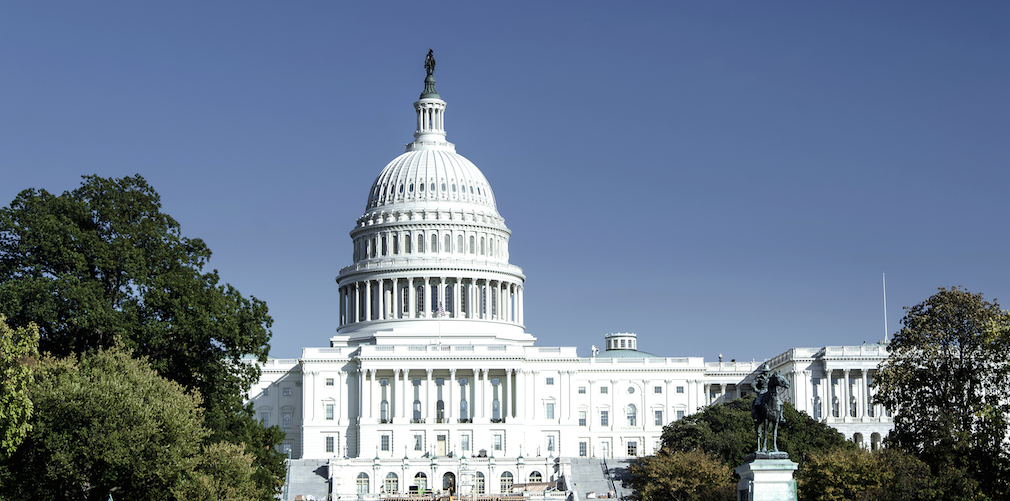Congress will consider legislation on Wednesday to fix the so-called QM Patch that permits some loans to borrowers with high debt levels to be considered Qualified Mortgages.
The House Financial Services Committee is debating H.R. 2445 that gives originators the option of either relying on Appendix Q in the Qualified Mortgage rule to determine a borrower’s debt-to-income ratio or on standards set by the Federal Housing Finance Agency.
“We see this legislation as a de facto extension of the QM Patch,” Cowen Washington Research Group said in a note to clients on Monday. “As such, this bill would be positive for housing by ensuring the supply of mortgage credit is not constrained.”
While enactment by both the House and the Senate is unlikely, “it offers cover for an expected regulatory solution,” Cowen said, meaning a policy decision by the FHFA, the watchdog of Fannie Mae and Freddie Mac.
The QM Patch, which expires in January 2021, permits loans with debt-to-income ratios above 43% to get QM protections such as the “safe harbor” provision that makes it harder for lenders to be sued.
“While the ability to repay concept is widely embraced, the specifics of how the Qualified Mortgage rule works have always been contentious,” the Cowen note said. “This is especially true of the requirement that Qualified Mortgages have debt-to-income ratios of 43% or less as that puts significant pressure on banks to properly calculate income.”
The Qualified Mortgage rule issued in the wake of the financial crisis has pages of limits, known as Appendix Q, on when income can count and when it must be excluded, Cowen said. It also details which debts count and which are excluded.
“Given the complexity of these rules, there is an incentive for banks to be conservative when determining income but expansive when looking at debts,” the note said. “Such an approach should result in fewer borrowers able to qualify for mortgages.”







